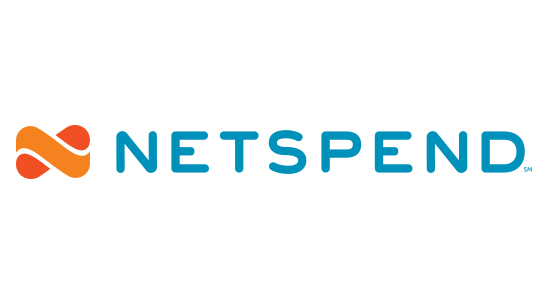Netspend is a popular prepaid debit card provider that offers its customer’s overdraft protection through its Optional Debit Card Overdraft Service. This service allows cardholders to make approved purchase transactions that may create a negative balance on their account, up to a maximum of $10.00. However, it’s important to note that the account holder is responsible for repaying any negative balance created by an overdraft.
To enroll in Netspend’s overdraft protection service, customers must meet certain requirements. They must have at least one direct deposit of $500 or more every 30 days, and they must pay a fee of $10.00 per month to use the service. Once enrolled, customers can overdraft their accounts up to $10.00 per transaction.
It’s important to note that Netspend charges a fee of $20 for each overdraft transaction, up to a maximum of three transactions per month. This means that customers could potentially be charged up to $60 per month in overdraft fees.
While overdraft protection can be a useful service for customers who may occasionally need to make a purchase that exceeds their account balance, it’s important to use it responsibly. Overdraft fees can quickly add up, and customers who rely too heavily on this service may find themselves in a cycle of debt.
If you’re considering using Netspend’s overdraft protection service, it’s important to weigh the potential benefits against the fees and responsibilities involved. By understanding the terms and conditions of the service, you can make an informed decision about whether or not overdraft protection is right for you.

The Maximum Overdraft Limit on Netspend
Netspend offers an Optional Debit Card Overdraft Service that allows approved purchase transactions to create a negative balance of up to $10.00 on the account. However, it is important to note that the account holder is responsible for repaying any negative balance created by overdraft transactions. It is recommended to carefully review the terms and conditions of the Optional Debit Card Overdraft Service before enrolling to fully understand the fees and responsibilities associated with this service.
Can I Overdraft a Netspend Card with No Funds?
You cannot overdraft your Netspend card with no money. Netspend allows cardholders to overdraw their accounts only if they have enrolled in its overdraft protection service. However, this service comes with certain fees, and the cardholder must have a positive balance in their account to cover the overdrawn amount and the associated fees. Without the overdraft protection service, Netspend does not permit cardholders to exceed their available balance. In other words, you can only spend what you have loaded onto your Netspend card, and you cannot spend more than that amount.
How to Obtain an Overdraft on a Netspend Card
To get an overdraft on your Netspend prepaid debit card, you need to enroll in Netspend’s overdraft protection program. To do this, you must have at least one direct deposit of $500 or more every 30 days. Once you are enrolled, Netspend will allow your account balance to go under -$10.01 without declining any transactions. However, please note that Netspend charges a $20 fee per overdraft transaction, with a maximum of three transactions allowed per month. It is important to keep in mind that overdraft protection is not guaranteed and is subject to Netspend’s approval based on factors such as your account history and usage patterns.
Conclusion
Netspend offers an optional overdraft protection service for prepaid debit card users who have enrolled in the program. This service allows cardholders to overdraw their accounts up to a maximum of -$10.01, but only if they have at least one direct deposit of $500 or more every 30 days. Netspend charges $20 per overdraft transaction, up to a maximum of three transactions per month. It is important to note that customers are responsible for repaying any negative balance on their account. while overdraft protection can be a helpful feature for some, it is important to carefully consider the fees and requirements before enrolling in the program.








